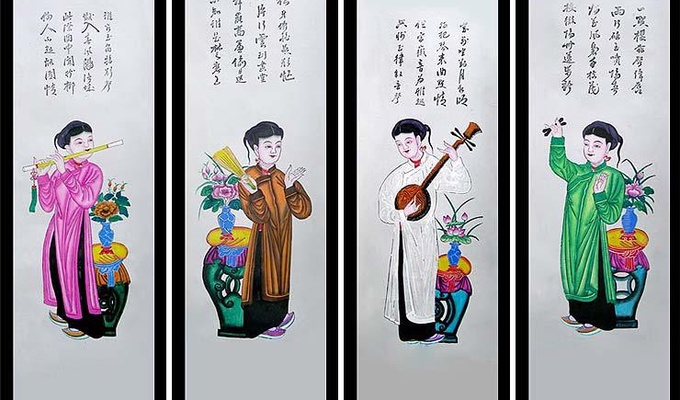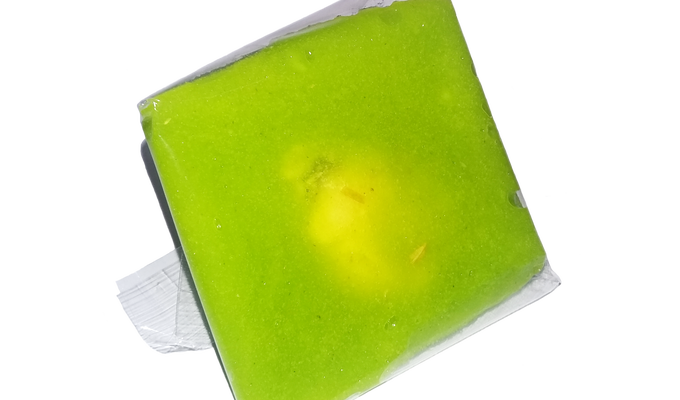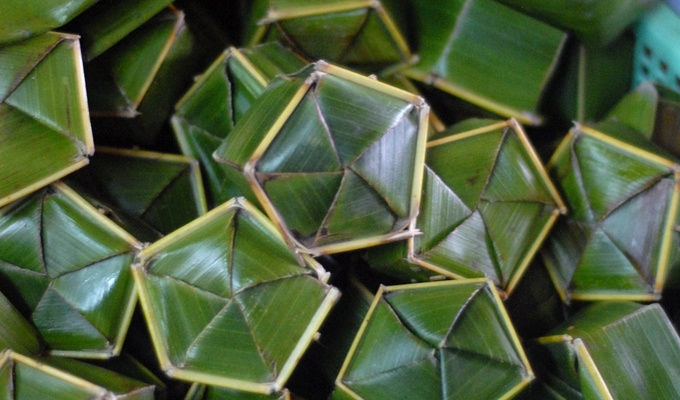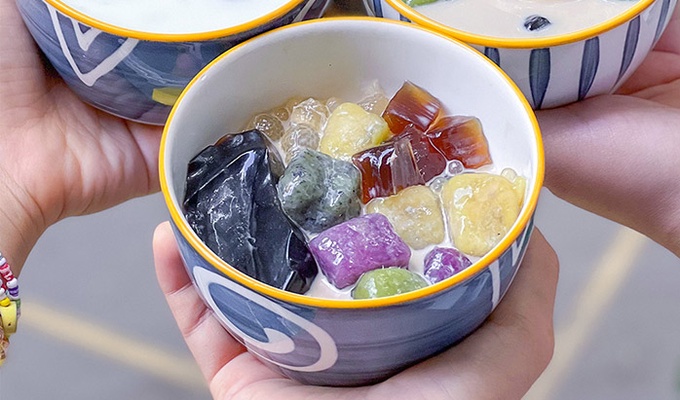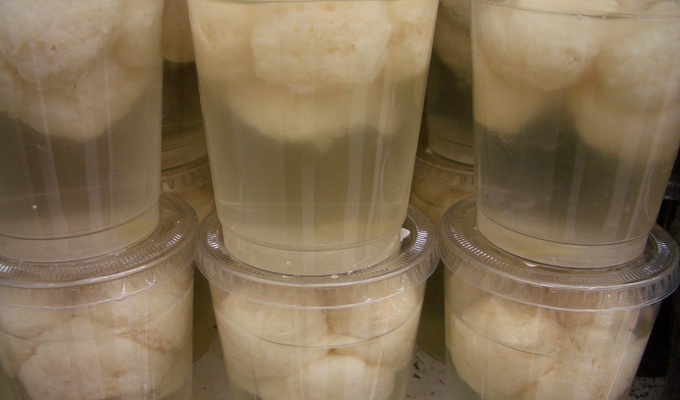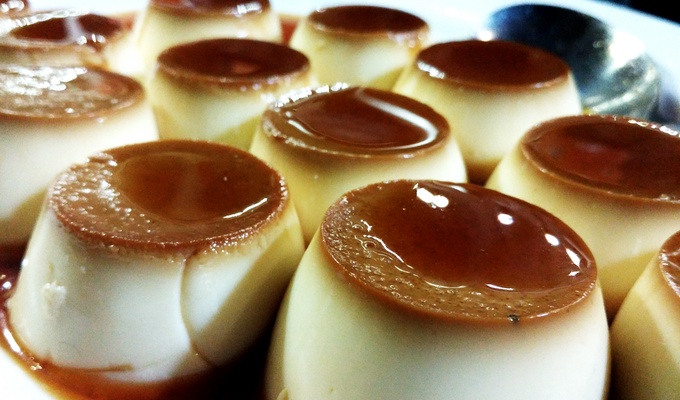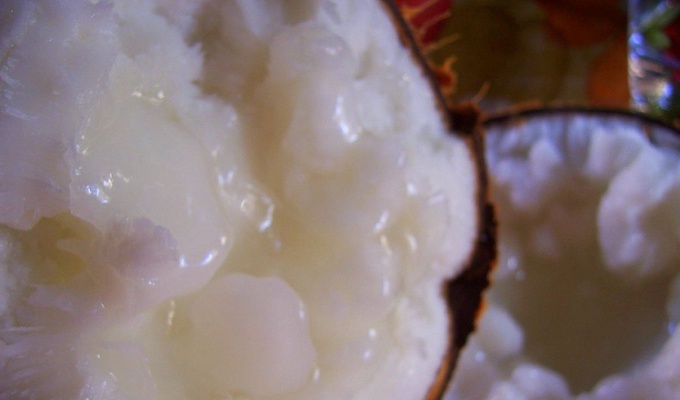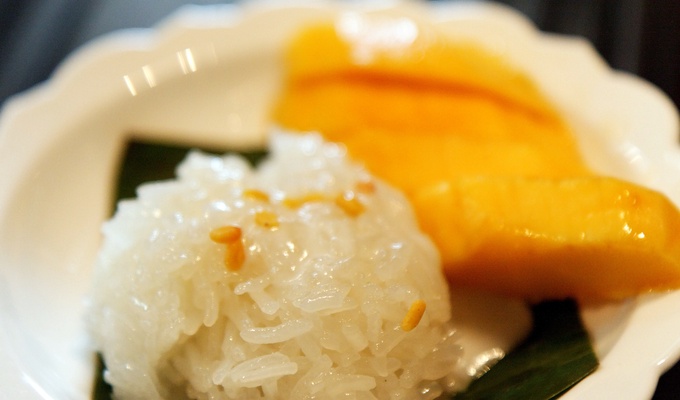Vietnamese cuisine encompasses the foods and beverages of Vietnam. Meals feature a combination of five fundamental tastes : sweet, salty, bitter, sour, and spicy. The distinctive nature of each dish reflects one or more elements, which are also based around a five-pronged philosophy. Vietnamese recipes use ingredients like lemongrass, ginger, mint, Vietnamese mint, long coriander, Saigon cinnamon, bird's eye chili, lime, and Thai Basil leaves. Traditional Vietnamese cooking has often been characterised as using fresh ingredients, not using much dairy nor oil, having interesting textures, and making use of herbs and vegetables. The cuisine is also low in sugar and is almost always naturally gluten-free, as many of the dishes are rice-based instead of wheat-based, made with rice noodles, papers and flour. Vietnamese cuisine is strongly influenced not only by the cuisines of neighboring China, Cambodia and Laos, but also by French cuisine due to Vietnam’s French colonial history.
Kikkoman, a leading soy sauce manufacturer, did market research confirming that fish sauce (nước mắm) is the predominant table sauce in Vietnamese homes, where it captures over 70% of the market, while the share for soy sauce is under 20%.
